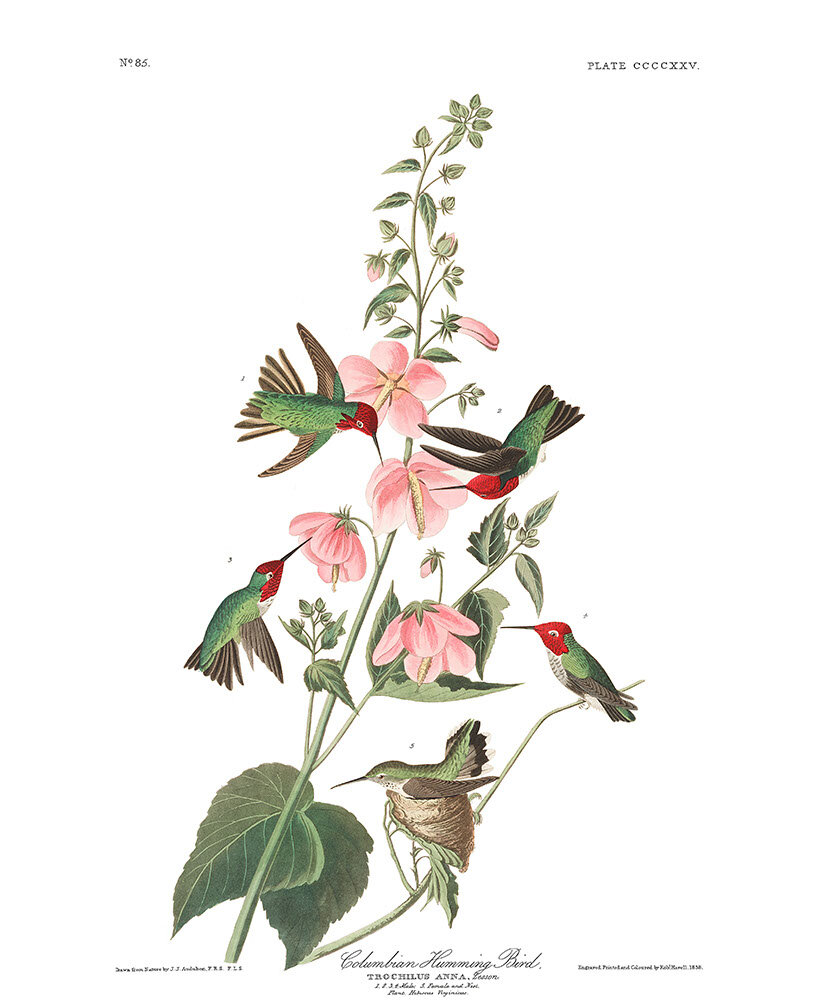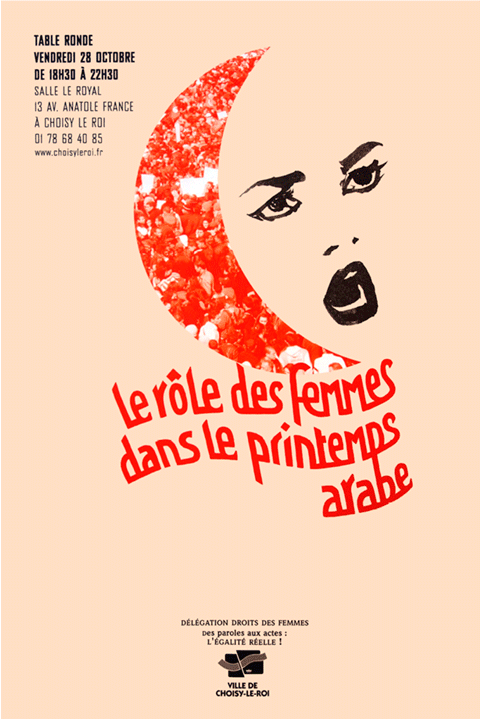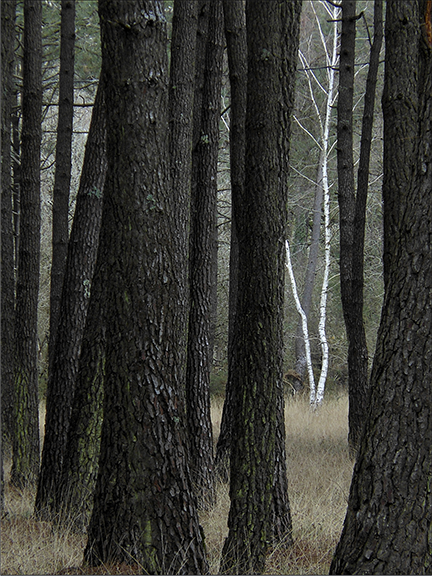January 2020 Exhibit:
Audubon’s Birds of America
John James Audubon's Birds of America is a portal into the natural world. Printed between 1827 and 1838, it contains hundreds of life-size watercolors of North American birds (Havell edition), all reproduced from hand-engraved plates, and is considered to be the archetype of wildlife illustration. Nearly 200 years later, the Audubon prints are coming to life once again, thanks to the generosity of the National Audubon Society.
The images are provided courtesy of the John James Audubon Center at Mill Grove in Audubon, Pennsylvania, and the Montgomery County Audubon Collection.
-Audubon Society
Seventeen of the eighteen free posters include native California birds. The entire collection of free high-resolution downloadable prints are available at the Audubon Society.
John James Audubon
John James Audubon was a naturalist, ornithologist, and artist most known for his major work Birds of America, a collection of 435 life-size prints. The book, finished in 1839, contained illustrations depicting birds in their natural habitat and is still considered one of the greatest ornithological works ever made.
Audubon was the first known person to use the process of bird-banding in the Americas. He tied silver string to the legs of Eastern Phoebes and discovered that the birds returned to the same nesting spot the next year. The presence of the bands confirmed that the species’ had nesting fidelity and provided early insight into migratory patterns. Bird-banding is still a valuable tool in the study & conservation of many bird species and has been instrumental in the research of declining bird populations globally.
Our birds are vanishing
Several species of birds that Audubon painted may have since become extinct including Bachman’s Warbler, Ivory-billed Woodpecker, Carolina Parakeet, Passenger Pigeon, Labrador Duck, Great Auk, Eskimo Curlew, and Pinnated Grouse. And more than that, the total bird population in the United States and Canada has fallen by 29 percent since 1970 (a decline of over 3 billion birds). This decline is attributed to habitat loss/fragmentation, the proliferation of neonicotinoid pesticides, window collisions, domestic cats, and poaching.
Kevin Gaston, a conservation biologist at the University of Exeter, said that new findings signal something larger at work: “This is the loss of nature.”
Birds have long been known as a “canary in the coalmine”, their sensitivity to changes in their environment serve as an early alert to changes that will eventually affect humans. The implication of these population declines could be far-reaching and signal the potential crash of global ecosystems, similar to honeybee colony collapses and melting glaciers. In addition, the presence of common bird species is vital to ecosystems, as they are responsible for “controlling pests, pollinating flowers, spreading seeds and regenerating forests. When these birds disappear, their former habitats often are not the same.”
“Declines in your common sparrow or other little brown bird may not receive the same attention as historic losses of bald eagles or sandhill cranes, but they are going to have much more of an impact.”
— Hillary Young, a conservation biologist at the University of California, Santa Barbara
About the printing
Each of the 435 39x26 inch double elephant folio prints were made utilizing labor-intensive intaglio print processes, and individually watercolored by hand. These methods of printing require considerably more time and skill than modern techniques, and so there were only 200 total Audubon books ever completed.
The cost of printing Birds of America was over $115,000 (two million in present day) and the entire process took over 11 years (1827-1838). Recently a complete Havell first edition sold for 11 million dollars in London.
In the Intaglio printing process, copper plates are incised by etching, engraving, and aquatint. The lines to be printed are cut into the metal, either by hand (engraving) or through the corrosive action of an acid (etching). Then inks are painted into the recessed lines of the plate and the surface is wiped to remove excess ink. Paper is then placed against the plate, covered by a blanket, and with the application of even pressure, the ink transfers from the grooves of the plate to the paper. This method is the opposite of relief printing, where the ink transfers from the surface, not the grooves.





























































![Title: [Untitled] Photographer: Carl Mydans Date Created/Published: 1935 September](https://images.squarespace-cdn.com/content/v1/57b78fb329687f1ef5bae138/1485386137995-6I934YO7CC1EQSL9UTM0/BUG-EXHIBIT_02-8.png)































